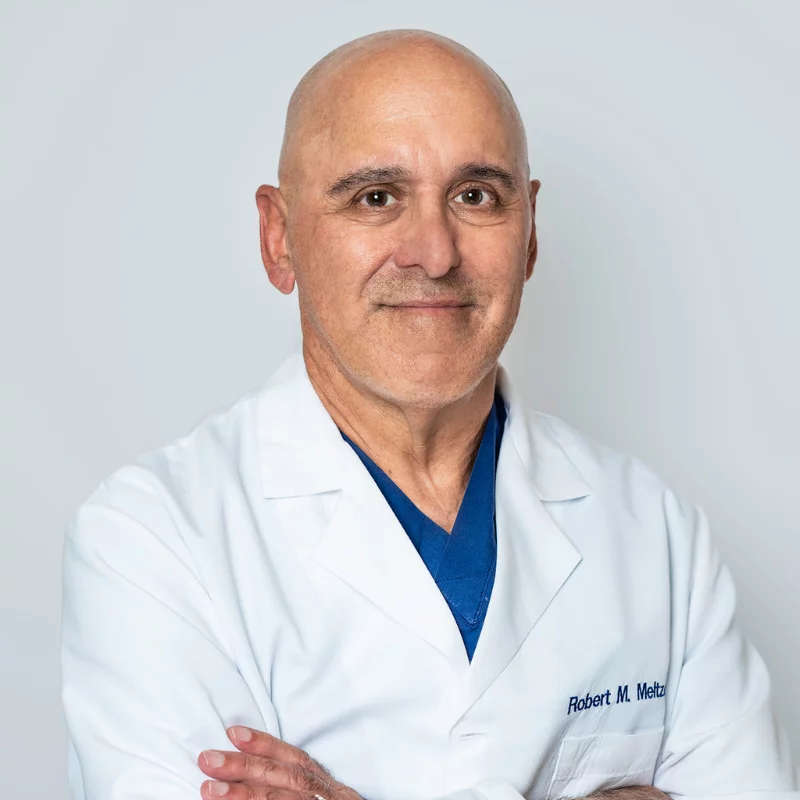Acid reflux is the regurgitation of stomach acid or other gastric contents into the esophagus which may cause discomfort. This is a relatively common symptom affecting up to 20% of people in the US. GERD is when the acid reflux/heartburn becomes more severe, persistent and chronic.
At the bottom of the esophagus, the lower esophageal sphincter (LES) acts like a valve to the stomach. This sphincter prevents stomach contents and acid from traveling back into the esophagus. However, this sphincter (valve) may not function correctly and as a result, the stomach acid, digestive enzymes and other food particles may go retroactively back into the esophagus.
Acid reflux typically manifests as heartburn where you’ll feel a burning sensation in the center of your chest or rib cage typically after a meal. You may also experience difficulty swallowing, cough, sore throat, nausea and hoarseness.
What Are The Risk Factors of Acid Reflux/Heartburn?:
- Smoking
- Alcohol
- Obesity
- Pregnancy
- Certain foods, especially fatty and spicy foods.
Acid reflux and GERD is most commonly diagnosed clinically. However, upper GI endoscopy can usually confirm the diagnosis, evaluate for the cause and evaluate for complications.
Lifestyle and dietary modifications. Medications such as proton pump inhibitors, H2 blockers and antacids. More serious and refractory cases may require surgery.
Avoiding food and drinks that may cause acid reflux, this may be different for everyone. Don’t lie down within 3 hours of eating. Make sure you chew well and eat slowly. Avoid eating large meals, as our body is better adapted to several small meals than 3 large meals. Weight loss, quit smoking, moderate alcohol use.
Long term acid reflux also known as GERD, can lead to inflammation of the esophagus also known as esophagitis. If the acid continues to erode at the esophageal lining this may lead to Barrett’s Esophagus which is a risk factor for esophageal cancer.
GERD, Barrett’s Esophagus, Gastritis, H. Pylori Gastritis.
- It is very common and usually benign.
- Typically manifests as a burning chest/rib pain after meals.
- Commonly responds to dietary and lifestyle changes.


